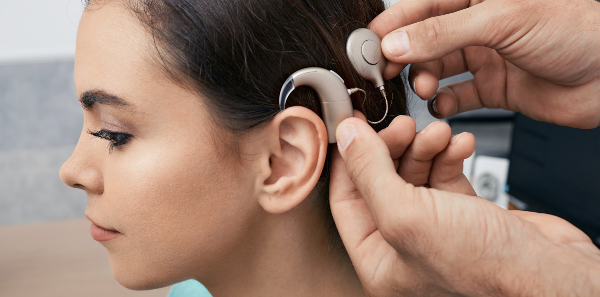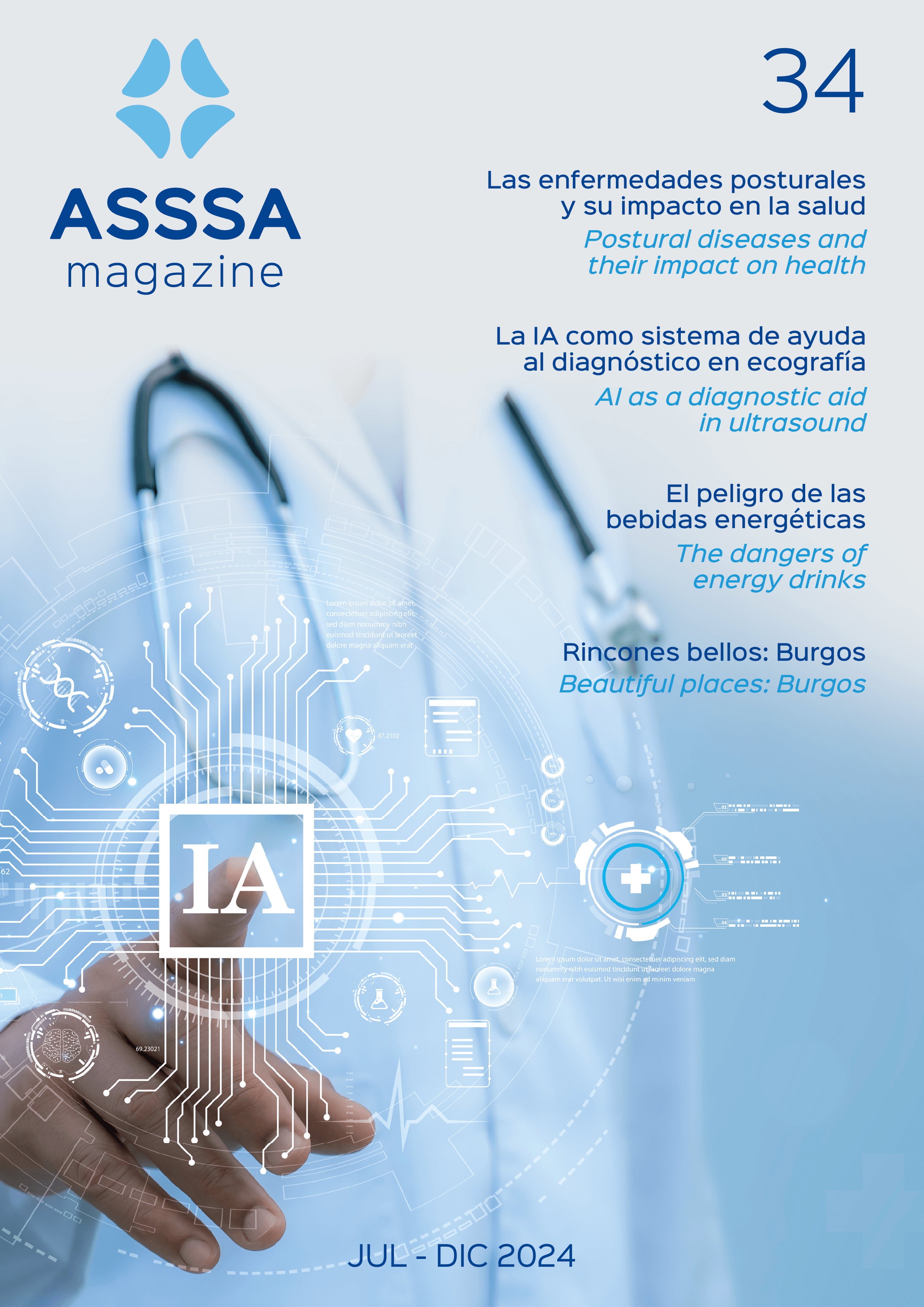
On the occasion of the 25th anniversary of the AICE, Federation of Cochlear Implant Associations of Spain in 2021 and to mark International Cochlear Implant Day, which is held on 25 February every year, we’re going to explain a series of basic concepts to raise awareness and understanding.
Differences between a cochlear implant and a hearing aid
A cochlear implant is a small electrical device that helps people with severe hearing loss to hear. It has nothing to do with a hearing aid. The hearing aid is basically an amplifier and modulator of acoustic signals.
The cochlear implant and the hearing aid are prosthetic aids, they don’t cure deafness.
Understanding your auditory system
Sound is transmitted through the air by means of sound waves that are captured by the pinna and transmitted until they collide with the tympanic membrane or eardrum (outer ear), where oscillation movements are produced that induce these waves to be transmitted through the chain of ossicles (middle ear) to a hole, through which they communicate with the inner ear located inside the temporal bone. There, a vestibule leads to two structures:
- The semi-circular canals (responsible for balance).
- The cochlea, which contains the sound receptor cells, responsible for transforming sound into nerve impulses that are transmitted to the brain through the cochlear nerve. Along with the vestibular nerve coming from the vestibule where the receptors of the semi-circular canals are found, they form the auditory nerve.
How the cochlear implant works
The cochlear implant is a small electrical device that consists of two parts:
- One EXTERNAL part with a receiver or microphone (which captures sound waves) and a language processor together with an antenna.
- Plus an INTERNAL part that’s surgically implanted inside the temporal bone where the inner ear and the cochlea are located. There, the mechanical impulses (waves) are transformed into electrical impulses that are transmitted to the auditory area of the brain.
The aim of the cochlear implant is to replace the function of the cochlea, directly stimulating the auditory nerve by means of electrical signals. In this way, both the EE (external ear) and the ME (middle ear) cease to be operative and the signal travels from the external receiver, located behind the pinna, to the internal receiver, located in the cochlea in the IE (inner ear).
Rehabilitation and everyday use
The cochlear implant is a safe and effective system against the majority of profound bilateral SNHL (sensorineural hearing loss). The internal part of the method is very reliable and can last a lifetime, while the external part requires regular maintenance.
It’s necessary to learn to properly diagnose deafness and the type of implant required for each case. In this case, it’s effective in both children and adults, although hearing with this type of implant is not “the norm” and patients have to “learn to hear” through rehabilitation.
This rehabilitation, as well as the family environment and the implanted patient’s own positive attitude, is essential for the process to have a good final outcome. During rehabilitation, using the cochlear implant together with sign language may be the best option for the overall development of the child with hearing loss.












